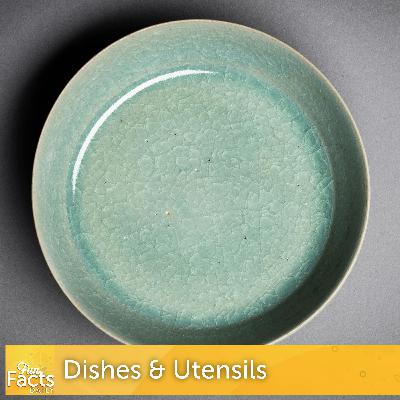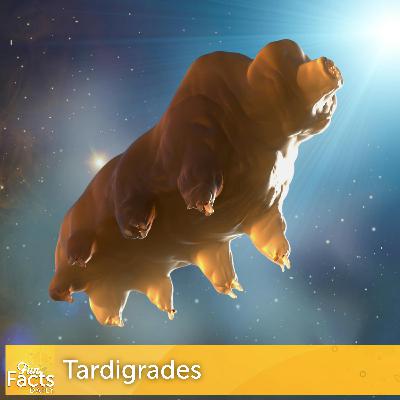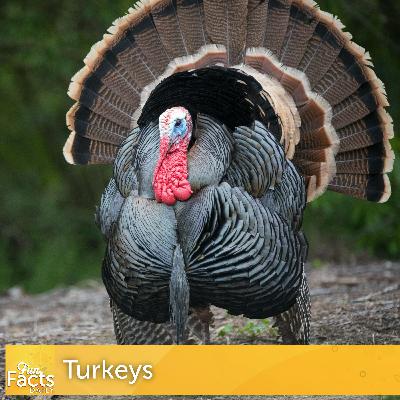Fun Facts About Halloween
Description
Halloween's origins trace back over 2,000 years to the ancient Gaelic festival of Samhain. This festival marked the end of the harvest season and the beginning of winter, a time when the boundary between the living and the spirit world was believed to thin. This belief led to the practice of wearing costumes and masks, originally intended as disguises to hide from wandering ghosts. The holiday's name itself is a shortened version of "All Hallows' Eve," the night before All Saints' Day. The traditional orange and black colors are also symbolic, with orange representing the autumn harvest and black signifying the darkness of winter. The specific phrase "trick-or-treat" is a more recent development, with its first known print appearance in Canada in 1927.
One of the most persistent modern fears associated with the holiday is tampered Halloween candy; however, this is just an urban legend. Sociological research has found zero confirmed reports of a child ever being seriously harmed by a random stranger's booby-trapped treat. The custom of giving out candy became widespread in the 1950s, when companies marketed individually-wrapped treats as a safe and convenient alternative to homemade items. Another common superstition involves black cats, but contrary to their association with bad luck in the U.S., they are considered a sign of good fortune and prosperity in many other cultures, such as in Japan and Scotland.
Want to learn more? Head over to my website www.funfactsdailypod.com and be sure to listen to my other podcasts Who ARTed: Weekly Art History for All Ages or Art Smart. For family fun, check out my son's podcast Rainbow Puppy Science Lab
Fun Facts Daily is an Airwave Media Podcast. If you are interested in advertising on this or any other Airwave Media show, email: advertising@airwavemedia.com
Learn more about your ad choices. Visit megaphone.fm/adchoices
























